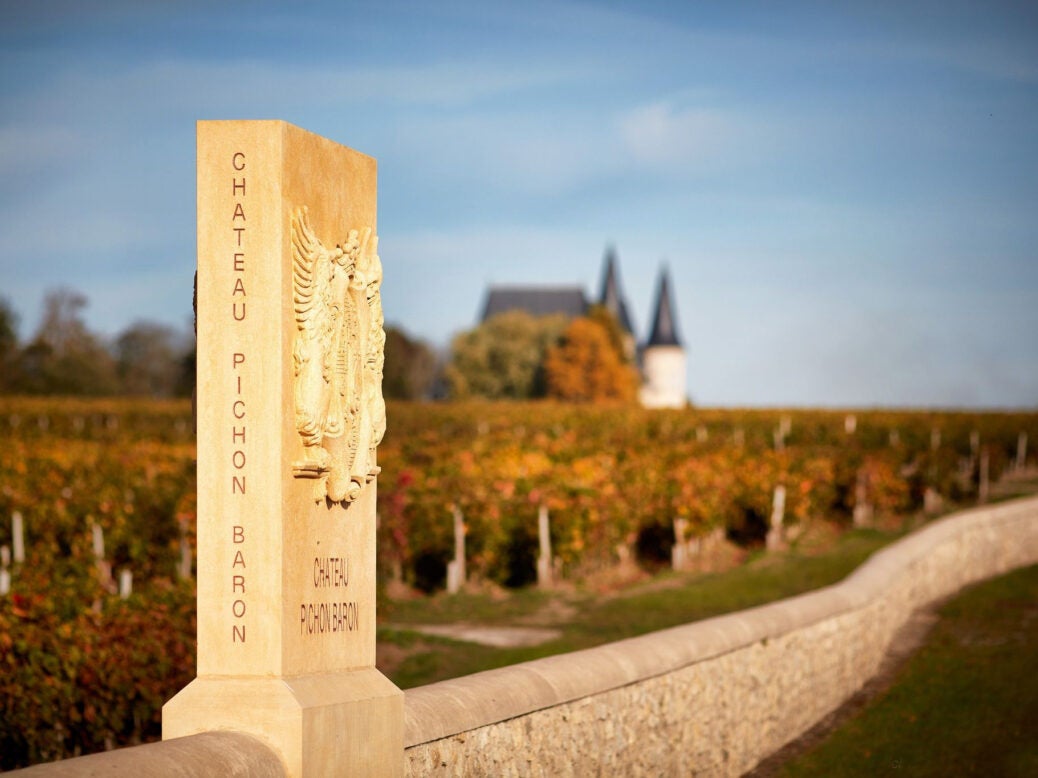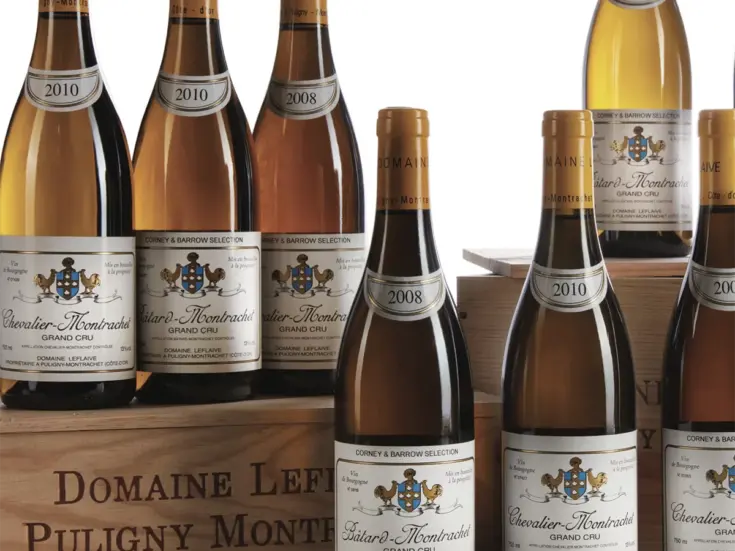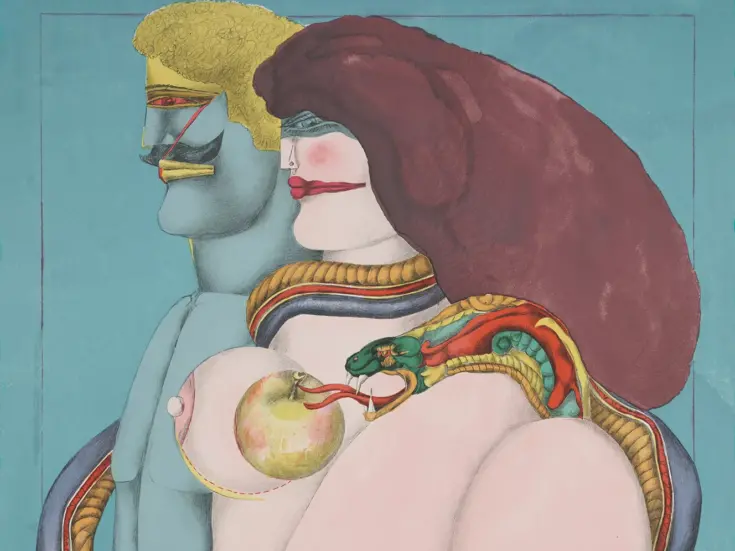
The 2020 en primeur campaign in Bordeaux was once again colored by Covid-19. But as Chloe Ashton reports, there is plenty of scope for optimism.
It’s hard to believe the pandemic has imposed a second, virtual Bordeaux en primeur season. While lessons from last year’s unprecedented campaign have served well thus far—Zoom tastings and sample-sending being “the new normal,” and merchants all over the world having settled into home working—the sale of Bordeaux’s 2020 vintage still treads new ground.
A good year
In 2020 I managed to visit Bordeaux only once, and thankfully made rounds on a few producers across both banks toward the end of harvest. The vintage stories varied from one property to the next, and at times seemed so disparate as hardly to have originated from the same region at all. Certain areas of vines had spring hail. The hot and dry summer imposed hydric stress on some vines, where neighboring plots (mainly those with more clay-dominant, water-retaining soils) escaped it. Rainfall came in patches in mid-August, and in even more uneven spots in September. Commenting on the differing microclimatic patterns, Edouard Moueix, Managing Director of Etablissements Jean-Pierre Moueix (producer and négociant) calls 2020 a vintage of “terroirs and their winemakers”—one where it was necessary to spend a lot of time out between the vines. And while decisions throughout the season were important, vigilance at harvest time was more vital than ever. Owner of Domaine de Chevalier, Olivier Bernard, explained that getting picking dates right (in order to guarantee the right balance of ripeness and freshness) was a tricky task in 2020: “Instead of four days where the grapes were fine to pick, there was one day.” Moueix concurs, recounting that on the Right Bank, he and his team were tasting grapes around September 11 to test for ripeness. Over the following, exceedingly hot weekend (temperatures as high as 99ºF [37ºC]), maturity had already accelerated, and picking ensued quickly, lasting only between September 14 and 22.
Some eight months later, word on the ground reported another excellent vintage for Bordeaux. President of the Union des Grands Crus de Bordeaux (UGCB,) Ronan Laborde, tells me how pleased he has been to find “such finesse and balance” in 2020s, alongside their “great color, concentration, and tannins.” Though the vine cycle began early thanks to such a mild winter, and stayed premature right up until harvest, through a sunny and dry summer, he notes that “Bordeaux producers have learned from recent ripe vintages how to maintain drinkability, with less apparent oak.” Indeed, Moueix emphasizes that the sheer extractability of color and tannins required careful and adapted handling from the start: “Even after the first pumping over, the wines were black,” he notes, adding, “We opted out of the usual further rounds of pumping over,” a recurring theme across warmer recent vintages in Bordeaux. Mathieu Chadronnier, Managing Director of Bordeaux négociant, CVBG, hails the past three years as “one of the greatest sequential trilogies Bordeaux has ever seen.” While he believes it is hard to pin 2020 down to one style, given the great differences between properties throughout the growing season, he suggests that the best examples sit somewhere between “the explosive intensity of 2018s” and the “sunny, fresh, and classic 2019s.”
Tastings of samples sent to the UK have been met with similarly positive feedback: Corentin Margier, Head of Buying at Fine and Rare Wines, notes that 2020 is “very good, if not totally consistent.” Characterizing the wines as “fresh, with moderate alcohol, ripe crunchy fruit, and present but ripe tannins,” he is pleased to have had the opportunity to taste in depth, since “quality is a little more varied on the Left Bank than on the Right, and between villages, with Margaux and St-Julien more homogenous than Pauillac, Pessac-Léognan, or St-Estèphe.” Will Hargrove, Head of Fine Wine at Corney & Barrow, concurs, hailing 2020 “a Right-Bank vintage.”
2020 en primeur: A matter of taste

Last year’s campaign eventually fell into place later than usual, after the seriousness of the coronavirus pandemic sunk in, and the on-site en primeur tastings were cancelled with just two weeks’ notice. This year, however, Bordeaux was prepared, and tastings via worldwide sample-shipping to top critics, merchants, and importers has helped spread the word of a vintage otherwise mostly unseen throughout its growing cycle. Laborde emphasizes the importance of this exercise: “Doing a full en primeur campaign where only a few people have tasted the wines would be totally inconceivable,” he notes, adding, “but the best way to taste the wines is still in Bordeaux and at the châteaux.” Today, sending samples is simply the lesser evil.
Results of Wine Lister’s latest trade survey focusing on the key successes of last year’s campaign show that within export markets, the alternative tasting format is a popular silver lining of Covid-19, and one many might like to see made permanent, even once the pandemic subsides (fig.1). One respondent from a top Hong Kong specialist merchant comments, “Not everyone needs to visit Bordeaux to get a feel for the vintage, as samples by courier do a pretty good job and save a week of travel.” Indeed, one or two respondents even negated the need to taste at all. This sentiment generally originates from export markets farther afield, while those closer to home will no doubt have been pleased to receive a wider selection of samples this year—a handful of UK respondents to Wine Lister’s survey remarked that properties choosing not to send 2019s “had missed a trick.”
The instability of unfinished wine is still of concern to several top châteaux. Nicolas Audebert, Director of Châteaux Canon, Rauzan-Ségla, and Berliquet explains, “We remain convinced of the sensitive, changeable, and fragile character of our wines at this stage. We have had a year to study the various options and this year we are able to send samples of the 2020 vintage under good conditions.” Indeed, his teams have been trialing multiple different sample-sending methods since summer 2020, finally settling on a thermal tracing technology that facilitates constant temperature recording as the wine journeys from châteaux to tasters.
No matter how good the quality of the samples voyaging far and wide, some more sentimental trade members appear to wish for a return to the old form eventually. After all, there is nothing quite like the mad but exciting rush, flitting between châteaux for tastings held at the source to grasp a genuine understanding of each estate’s own story, which better serves to back the wines on release. Indeed, another theme coming out of the lessons learned from last year’s campaign was the need for strong marketing and communications from individual properties to help sell the wines. Ultimately, the en primeur system brings wines to market “en masse” by design, and in a condensed campaign such as last year’s, the unity previously afforded the region (and the associated immunity for wines sold as part of the group, rather than for their own merit) disappeared. Chadronnier observes, “Bordeaux is evolving into a market of individual crus, rather than a market of vintages,” adding, “the region is very much on point in terms of sustainability and winemaking with respect for the environment, despite it being a difficult one in which to do so.”
Time’s a-changin’
During initial releases of the 2019 vintage, this focus on a small handful of stand-out brands with very specific identities was sharpened by the brevity of the campaign. Emmanuel Cruse, current Grand Maître of the Bordeaux Commanderie du Bontemps and owner of Château d’Issan, remarks that the pace of last year’s campaign “saw merchants choosing a certain number of crus” on which to focus. He predicted that an “avalanche of releases” all occurring around the same time would once again “force buyers to be selective” this year. Margier’s point of view follows the same logic, noting that the intense, four-week whirlwind of 2020 was “too short” to do justice to all the excellent wines available. He explains, “It meant some wines were not offered, and critics’ reports were released either in batches early or during the campaign, instead of giving a comprehensive view ahead if it.” On a more positive note, he touches on the opportunity arising from the sales of 2019s within the context of a pandemic: “A new generation of buyers is slowly appearing,” he explains. “Thanks to the attractive prices, we saw the return of customers who had stopped buying [en primeur] after the 2010 campaign.”
According to Wine Lister’s survey results, wider opinion among the trade on maintaining the campaign’s shorter length is divided, though Bordeaux took a position on this shortly after last year’s sales. Laborde tells me that a decision was taken by the UGCB in September 2020 to encourage pushing back the official en primeur tasting time by three weeks, to the last week in April, so as to force a tighter campaign. He comments, “It was brought on by Covid, but the decision was independent of the pandemic, and a direct response to requests from our international client base, who felt, justifiably, that en primeur campaigns were getting too long.” For sales of 2020, we can thus reasonably expect a happy medium, with releases over the course of six to eight weeks, allowing merchants more breathing space to maximize the number of offers, while maintaining the much-needed momentum afforded sales of 2019, compared to the classic schedule, drawn out over two and a half months.
If the price is “right”
Perhaps unsurprisingly, the number one hot topic mentioned by Wine Lister’s survey respondents to be considered for this year’s campaign is pricing. One top-tier UK merchant notes simply, “The 2019 en primeur campaign was a win-win… prices came down, offering value and a reason to buy the wines en primeur.” Chadronnier confirms that he and his comrades on home ground have certainly felt the positive effects of such attractive pricing during last year’s campaign: “It has indisputably played a significant role in renewed dynamism for Bordeaux in the market since.” And while Bordeaux has been bouncing back, and the region and its buyers alike have found a way to conduct a campaign almost “as normal,” the Covid context that proved a catalyst for such attractive prices last year persists. This might point toward similar pricing strategies for the 2020 campaign—indeed Chadronnier mentions that “It’s easier to get prices right when the benchmark worked well, than if it had not.”
For once, general cries from the market appear not to demand drastic price reductions. Moueix tells me, “It’s the first time in 17 years that international clients have suggested release prices should stay the same as last year.” Margier even goes one step further, saying he is “expecting prices to go up across the board,” given the quality and quantity (or indeed, the lack of the latter) in 2020. Indeed, he wonders how properties giving big discounts on 2019 will seek to “correct their prices this year,” but above all, his major sentiment is that “the campaign should not only be about prices.” He concludes: “I think that the quality of the wines and release times are paramount. We want time to present those who performed well in the vintage, instead of relying solely on big names.” This philosophy certainly speaks to the multitude of factors in play, in view of the heterogenous vintage, and the willingness from many in the trade to back those estates showing individuality.
Nonetheless, there are those who may feel concern over maintaining the value proposition of the en primeur system regained during last year’s campaign. Yields of 2020 are low in many areas, and frost damage to fledgling buds of the 2021 vintage (the worst since 1991 in certain parts of Pessac-Léognan) points toward primeurs price increases, in order to pay the losses forward. While continuing to offer consumers relative value (within Bordeaux, as well as compared with a wider fine-wine context) will, as ever, be an essential measure of success for the 2020 campaign, it is refreshing to take a step back from general price scrutiny, and instead contemplate pricing strategy at an individual property level. Ultimately, it stands to reason that any heavy investment proving fruitful in ameliorating a wine’s quality—be it through vineyard restructure, better facilities in the cellar, additional expertise in winemaking through consultants—warrants a correspondingly higher price tag, so long as this is effectively communicated through the distribution chain, to négociants, merchants, and most important of all, down to the end consumer.
Where there’s a will
There’s no doubt that pricing will need defter handling than ever in this year’s campaign. An onslaught of releases priced above current market availability across the board (as often appeared in 2016 and 2018) without explanation could compromise the goodwill that Bordeaux has bought back through the well-discounted 2019s, and through back-vintage stocks that collectors have been opening and enjoying during lockdown periods. Secondary market prices of Bordeaux have risen with the fine-wine tide, as almost all regions have been booming thus far in 2021. The US market seems open for the taking; according to Jonathan Bennett, Executive Vice President of Total Wine Co., sales of 2019 en primeur last year were “really good, even with additional tariffs,” and he and his team are looking to be “bullish on the Bordeaux 2020 campaign,” having seen solid demand from customers for Bordeaux during the pandemic. In other words, a great opportunity is afoot for Bordeaux to be back on top of its game.
Sensitive pricing could smooth the way for its wines to have their stories heard, and there is much to tell—Chadronnier is particularly enthused by how Bordeaux wines have modernized over recent years: “The style of the wines has evolved, without losing the Bordeaux identity, but making the wines far more accessible. Today you can drink a great bottle of Bordeaux while it is still young.” Perhaps naivete and my own personal fondness for the region get the better of me, but trade-member feedback on the desire for better storytelling in Wine Lister’s survey leaves me hopeful. If Bordeaux can deliver on both fronts, it just might be the beginning of the end for “le Bordeaux Bashing,” and instead reignite a collective bragging about all the fantastic wines that this ultimate region of reference has to offer.






